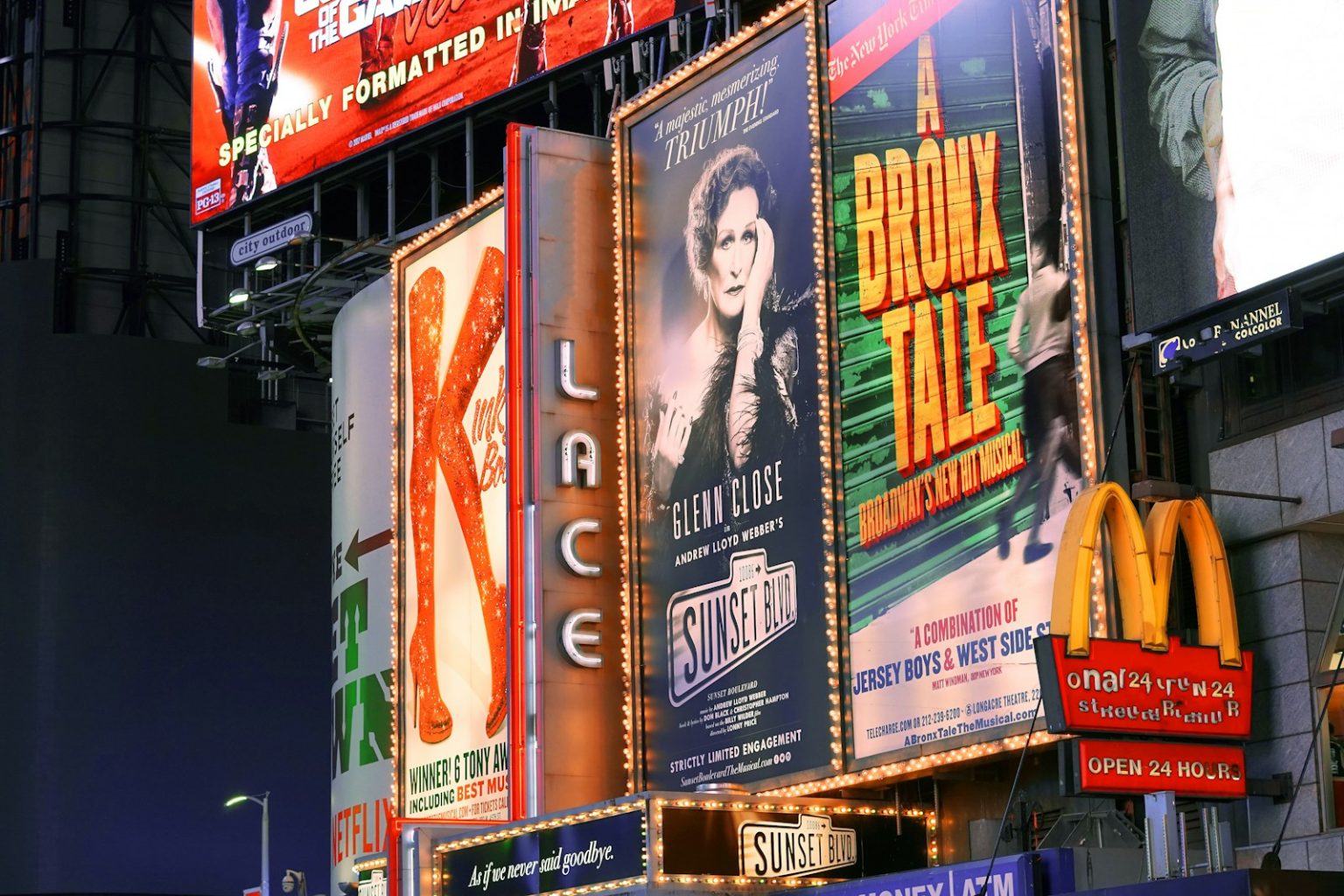Creating effective marketing materials means thinking beyond just one medium. If you want your message to really stand out, it’s essential to design banner ads and posters that complement each other. Here are some key tips to help you achieve that.
1. Know Your Brand
Start by considering your brand. What are its core values? What message do you want to share? Your banner ads and posters should reflect the same brand identity. For instance, banner ad designs that incorporate your brand colors can enhance recognition and create a cohesive look. Consistency in colors, fonts, and imagery makes your brand easily recognizable. For example, if your logo features bright colors, use those colors in both your banner ads and posters. This way, people can connect all your materials to your brand quickly.
2. Create a Unified Message
Your message should be clear and straightforward, whether it’s on a digital banner or a printed poster. Think about what you want to communicate. It could be a sale, an event, or a new product. Make sure that both your banner ads and posters convey the same core message. This helps reinforce your point and ensures that your audience gets the same information, no matter where they encounter it.
3. Use Similar Design Elements
Design elements play a significant role in creating harmony between your banner ads and posters. Choose a consistent color palette and similar fonts for both mediums. For instance, if you opt for a bold typeface in your banner ad, consider using it in your poster too. Additionally, using similar images or graphic elements can tie everything together visually. Think of how your branding might also extend to personalized business cards, enhancing your overall marketing strategy. This approach helps create a unified look that makes your campaign more effective.
4. Think About Placement
Consider where your banner ads and posters will be seen. Banner ads might appear on websites, while posters could be placed in physical locations like stores or events. Tailor your designs to fit each space. For instance, digital banners can be more dynamic, allowing for animations or interactive elements. Posters, on the other hand, should focus on being eye-catching and easy to read from a distance. Adjust your content and layout to suit each format while maintaining the overall theme.
5. Test and Get Feedback
Before finalizing your designs, it’s a good idea to test them out. Share your banner ads and posters with colleagues or friends to get their thoughts. Ask if the message is clear and if the designs feel connected. Feedback can help you spot any inconsistencies and make necessary adjustments before launching your campaign.
6. Monitor Performance
After your ads and posters are out in the wild, keep an eye on their performance. Are people clicking on your banner ads? Are they engaging with your posters? Analyzing this data can provide insights into what works and what doesn’t. You might find that certain colors or messages resonate more with your audience. Use this information to refine your future designs and improve your overall strategy.
Conclusion
Designing banner ads and posters that work together is all about consistency and clarity. By aligning your brand identity, message, and design elements, you create a strong visual presence that captures attention. Whether your audience sees a digital banner or a physical poster, a unified approach ensures they receive the same compelling message. Remember, effective marketing is not just about looking good; it’s about creating a memorable experience for your audience.
